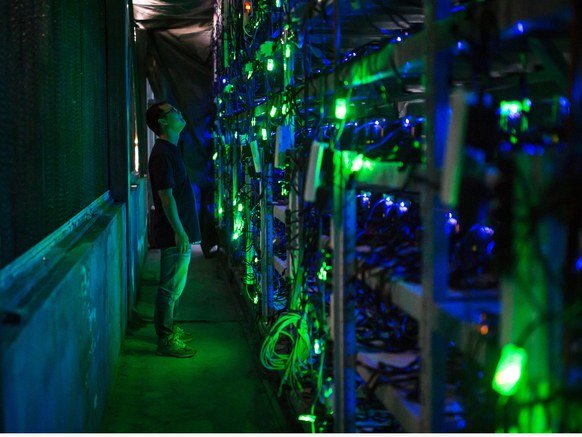Just how much energy is used and what is the cost?

[img] PAUL RATJE/THE WASHINGTON POST/GETTY IMAGES
The massive computer network behind bitcoin uses quite a bit of energy - as much as Serbia, to be exact.
A recent report by Accounts & Legal said the aggregate computing power of the bitcoin network is nearly 100,000 times larger than the world’s 500 fastest supercomputers combined, and miners are constantly installing upgrades to make their computers faster.
Digiconomist has created a bitcoin energy consumption index in order to understand how much electricity is consumed by the cryptocurrency. As of 5 December, bitcoin’s estimated annual electricity consumption was 31.96 terawatt hours (TWh), or 0.14 per cent of the world’s total electricity consumption. That’s about the same as Serbia and more than Morocco, Oman and the Slovak Republic. Annualised estimated global mining costs were $1.6bn (£1.2bn), while annualised global mining revenues were $10.2bn. The index says 250 kilowatt hours (KWh) of electricity are consumed per transaction.
By end of 2019, the bitcoin network will require more electricity than the entire United States currently uses. By end of 2020, it will use as much electricity as the entire world does today.
This is an unsustainable trajectory. It simply can’t continue this way.
There are already several efforts underway to reform how the bitcoin network processes transactions, with the hope that it’ll one day require less electricity to make new coins. But as with other technological advances like irrigation in agriculture and outdoor LED lighting, more efficient systems for mining bitcoin could have the effect of attracting thousands of new miners.
It’s certain that the increasing energy burden of bitcoin transactions will divert progress from electrifying the world and reducing global carbon emissions. In fact, I’d guess it probably already has. The only question at this point is: by how much?